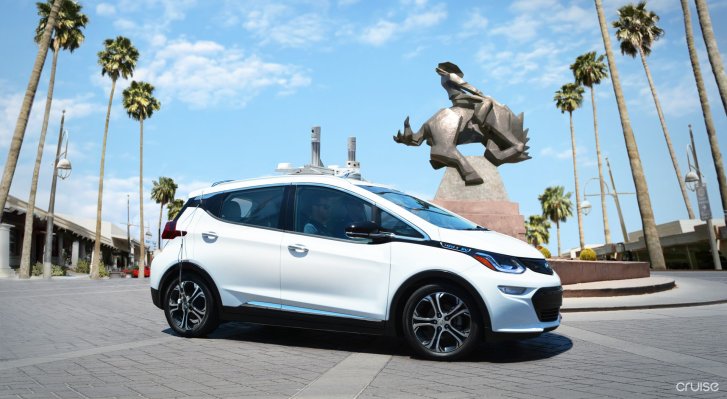The tech used in making cars drivereless can also be very well suited to building HD maps of roads and cities, which are then in turn used to make driverless cars better. So it isn’t surprising when companies working on autonomous tech also focus on building their own high-definition maps, which go beyond regular maps by fusing LiDAR, radar and visual information for a very accurate milimeter-level detail.
That’s why it makes perfect sense to see GM’s Cruise Automation do more in HD mapping, as the WSJ reports, with a new role being recruited to head up a dedicated HD mapping team within the company, which the automaker acquired last year. GM’s mapping efforts via Cruise will eventually cover over 100 cities, the job offer says, and could help to give the company an edge over would-be rivals in the autonomous car tech field, including Alphabet’s Waymo.
There are a range of companies working on HD mapping for self-driving cars, including Ford-backed Civil Maps and HERE, the mapping service co-owned by Daimler, BMW and Audi following its acquisition from Nokia. Likewise, Mobileye is working on real-time mapping solutions for autonomous in tandem with HERE. Many automakers seem content to leave HD mapping to partners in the supply chain, rather than something they do in-house, but it becomes a more important piece of the puzzle to own if you want to create a solution you can offer turn-key to other would-be driverless vehicle operators.
The effort to enter mapping may be relatively new to GM, but the company has some advantages, including a large number of active vehicles on the road equipped with the advanced sensors needed for HD mapping, thanks to advanced driver assistance (ADAS) features on GM cars. GM is also rapidly growing its fleet of Cruise test Chevy Bolt EV cars, which could help with the efforts in those cities where they operate.
